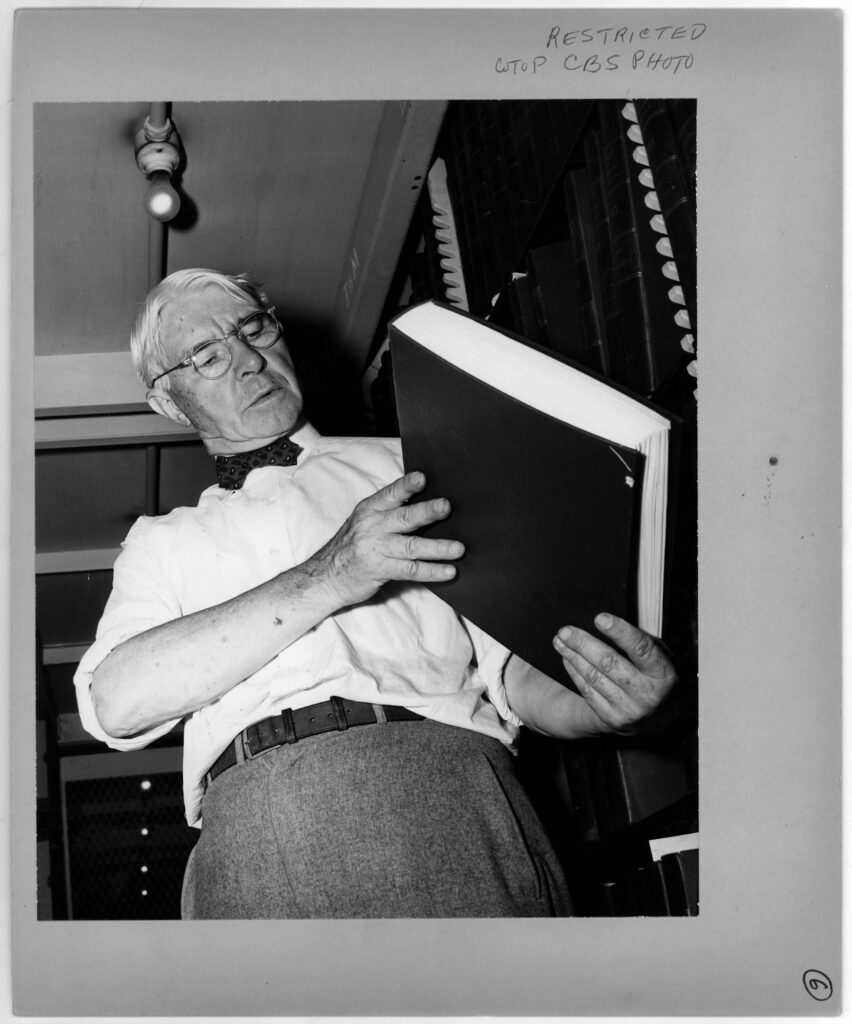American poet and writer, Carl Sandburg was born January 6, 1878. He won three Pulitzer Prizes: two for his poetry and one for his biography of Abraham Lincoln. Known as both a poet and scholar of Abraham Lincoln, Sandburg spoke in 1959 at a Joint Session commemorating the 150th anniversary of Lincoln’s birth. Although he spoke in prose, his words maintained the cadence and evocativeness of poetry.
During his lifetime, Sandburg was widely regarded as “a major figure in contemporary literature.” While Sandburg is no longer a contemporary poet, his poems still have a place in today’s classrooms. Here are resources from NCTE and ReadWriteThink.org that show how.
Using the lens of culturally sustaining pedagogy, this case study examines a nine-week instructional unit in poetry in an urban seventh-grade English language arts classroom. Works of Carl Sandburg were part of a module titled “A Place Called Home.”
In “I Have a Dream: Exploring Nonviolence in Young Adult Texts” the idea of conflict-resolution is introduced by reading the poem “Choose” by Carl Sandburg.
Works by Sandburg can be used to look at language. “Honky Tonk in Cleveland, Ohio” can be used to introduce the literary device of onomatopoeia and explore how the technique adds to a writer’s message. “Fog” is a great example of extended metaphors, and can be used to exemplify the definition of extended metaphor.
In this lesson plan, students research mask-making from various cultures, highlight the masks’ connections to cultural practices, compose poetry to reveal their understanding, analyze their own culture, and create personal masks and poetry. “Aztec Mask” by Carl Sandburg is the core text for this activity.
A poem using invented words is “On a Flimmering Floom you Shall Ride,” by Carl Sandburg. Read Sandburg’s poem aloud to your class or access a recording of him reading it. Ask students to listen, then provide them with a copy of the poem for another reading. Ask students for their thoughts about Sandburg’s technique. Consider pairing this in a lesson with “Jabberwocky” to prompt a discussion about why a poet would create new words instead of using those already available.
Carl Sandburg learned folk songs in his early life as an itinerant laborer and often performed them at readings of his poetry. Listen here to “I’m Sad and I’m Lonely,” sung by Carl Sandberg.
A fun fact is that Carl Sandburg spoke at 1953 NCTE Convention banquet! What Carl Sandburg piece speaks most to you?
Curious about the NCTE and Library of Congress connection? Through a grant announced by NCTE Executive Director Emily Kirkpatrick, NCTE is engaged in ongoing work with the Library of Congress, and “will connect the ELA community with the Library of Congress to expand the use of primary sources in teaching.” Stay tuned for more throughout the year!
It is the policy of NCTE in all publications, including the Literacy & NCTE blog, to provide a forum for the open discussion of ideas concerning the content and the teaching of English and the language arts. Publicity accorded to any particular point of view does not imply endorsement by the Executive Committee, the Board of Directors, the staff, or the membership at large, except in announcements of policy, where such endorsement is clearly specified.

